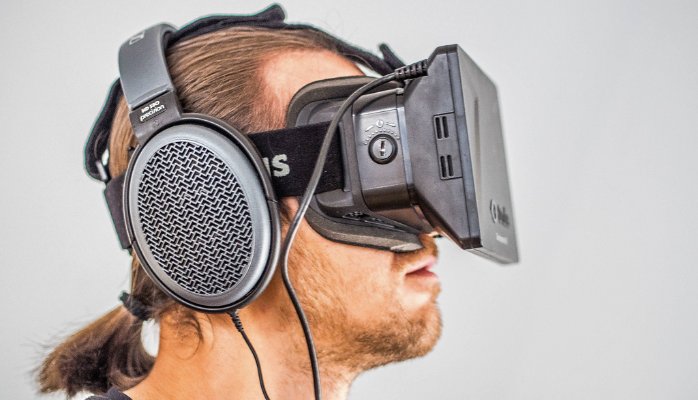Given the accelerating pace of change, especially technological change, we should have expected this.
Even if we’d noticed nothing but the changes in contact-lens technology, we’d have had to recognize that anything was possible; that the limitations earth, wind, fire, and water had previously placed on our visual and aural senses could be overcome; that a species capable of mechanically overcoming its inability to breathe underwater would veritably shatter its barriers to seeing and hearing thereunder. And so we have.
Imagine the possibilities: You can now watch feature films — in high definition with immersive (and, perhaps, submersive), cinema-quality, digital audio — without ever leaving the comfort of your wetsuit. You can dive the wreck of the Titanic while watching Leonardo DiCaprio. You can frolic with the dolphins while watching fully restored re-runs of Flipper. You can even stream Netflix via wifi, while you lie fully submerged in your hot tub slurping martinis through a siphon.
And the whimsical extrapolations are enough to tickle the virtual fancies of all but the brain-dead. Think of it: We’ll soon be munching on waterproof popcorn while we watch the latest Hollywood releases from the bottoms of the lakes at our favorite getaway retreats. We’ll be using our dive scooters to flock to drive-in movies located in what had once been commercially unfeasible floodplains. We’ll be partaking of the traditional Friday Fish Fry, in The Land of 1,000 Lakes, in the very habitats of the myriad aquatic vertebrates that will be on the menu, even as we watch old favorites like Voyage to the Bottom of the Sea, Beany and Cecil, and Sea Hunt.
Hell, if we play our cards right, we’ll be able to watch synchronized swimming from the bottom. And at long last, we’ll finally be able to watch Yellow Submarine from front-row seats in the octopus’s garden.
One can only wish Jacques Cousteau were here to see the miracles.

